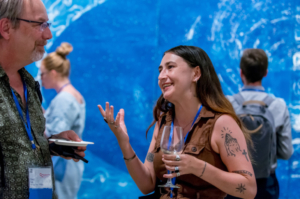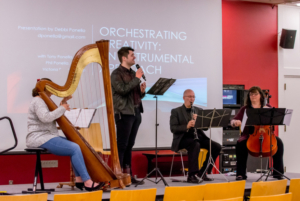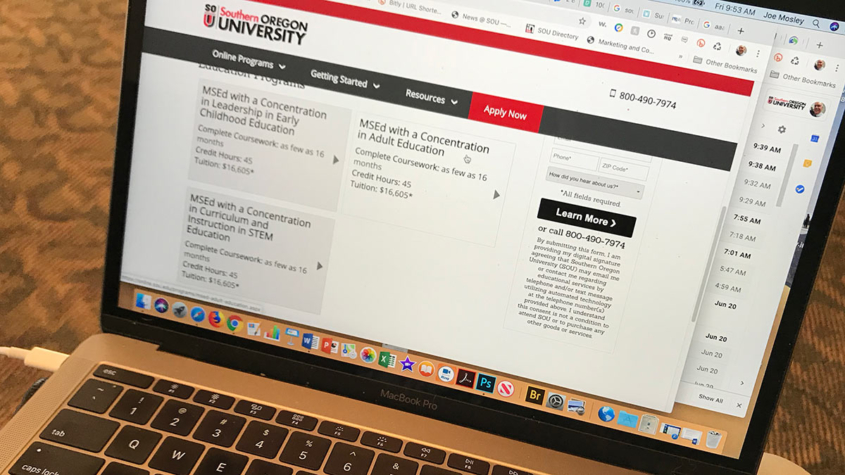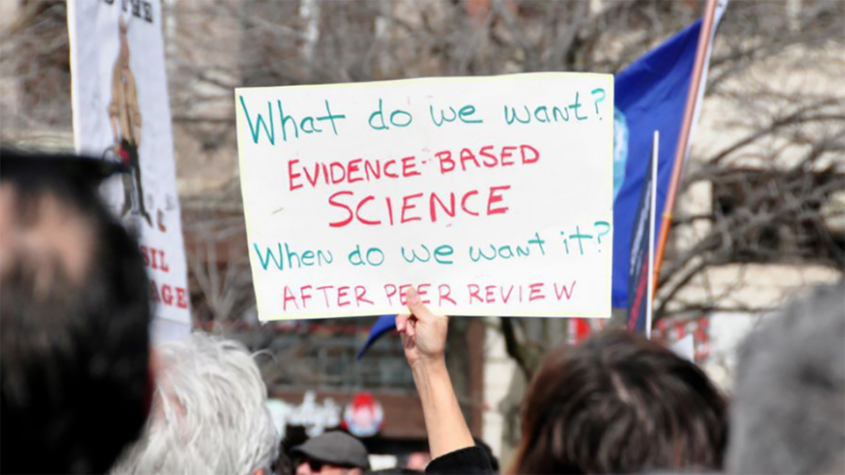SOU criminology professor awarded Fulbright scholarship to teach in Bosnia
(Ashland, Ore.) — Southern Oregon University criminology and criminal justice professor Alison Burke has been awarded a Fulbright scholarship to lecture and teach a course on women and crime in Bosnia and Herzegovina.
Burke will serve at the University of Sarajevo during the current 2019-20 academic year. She received a four-month teaching assignment that will begin in February.
Fulbrights are among the most prestigious scholarships in academia, and Burke’s award is the third for an SOU faculty member in three years. Erik Palmer, an associate professor of communication at SOU, is currently teaching and conducting research as a Fulbright scholar at the University of Ghana. Theatre arts professor Eric Levin was awarded a Fulbright scholarship to study in Ireland during the 2017-18 academic year.
“It is a huge honor for me to participate in the Fulbright program and collaborate with colleagues at the University of Sarajevo,” Burke said. “Living and working in Bosnia and Herzegovina will be a phenomenal learning experience and I look forward to returning to SOU with new international connections, deeper cultural appreciation and a fresh perspective I can share with my students.”
Burke, who has been an SOU faculty member for 11 years, served in a variety of juvenile justice positions before earning her doctorate from Indiana University of Pennsylvania in 2008 and shifting her career to higher education.
Her research interests include gender and juvenile justice, and delinquency prevention. She teaches four courses – Introduction to Criminology, Theories of Criminal Behavior, Crime Control Theories and Policies, and Juvenile Delinquency – and a seminar series that includes a segment on women and crime.
Burke earned her bachelor’s degree in psychology from the University of New Mexico and her master’s degree in criminal justice from the University of Colorado at Denver. She has also studied at England’s Oxford University.
Her work has appeared in publications including the International Journal of Gender and Women’s Studies, the Journal of Active Learning in Higher Education and the International Journal of Law and Psychiatry. She has authored the books “Gender and Justice: An Examination of Policy and Practice Regarding Judicial Waiver,” published in 2009 by VDM Publishing; and “Teaching Introduction to Criminology,” published this year by Cognella Press.
Burke is SOU’s 18th Fulbright scholar. The university’s first Fulbright scholarship was awarded to Economics Professor Byron Brown for the 1986-87 academic year, which he spent lecturing on economics at Karl Marx University in Budapest, Hungary.
Fulbright scholarships are part of a merit-based, international educational exchange program sponsored by the U.S. Department of State’s Bureau of Educational and Cultural Affairs. It was founded by former U.S. Sen. J. William Fulbright and has awarded scholarships each year since 1948. It currently offers about 8,000 grants annually for graduate study, research, lecturing and teaching in more than 160 participating countries.
-SOU-

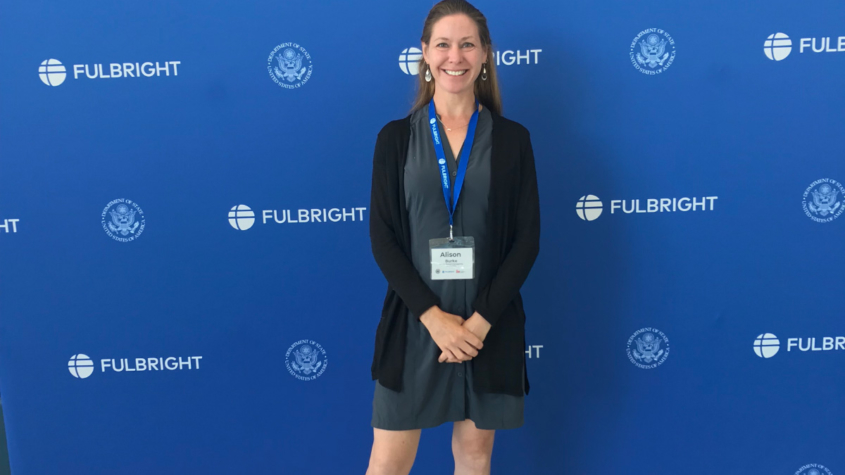
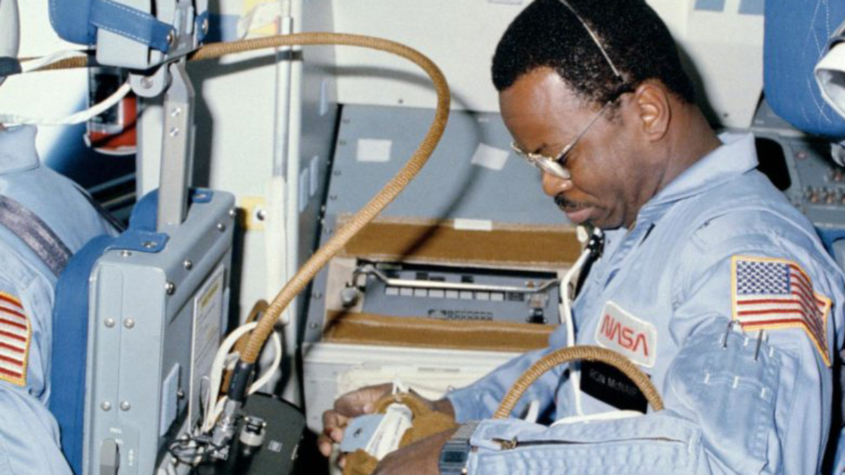
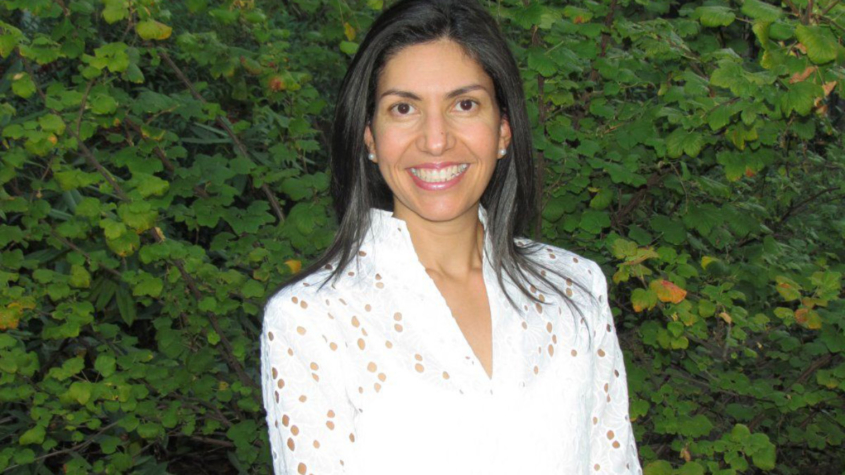
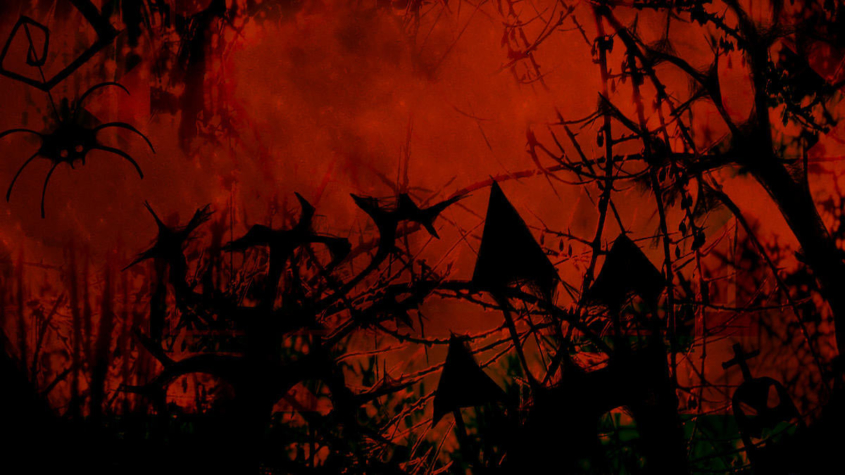
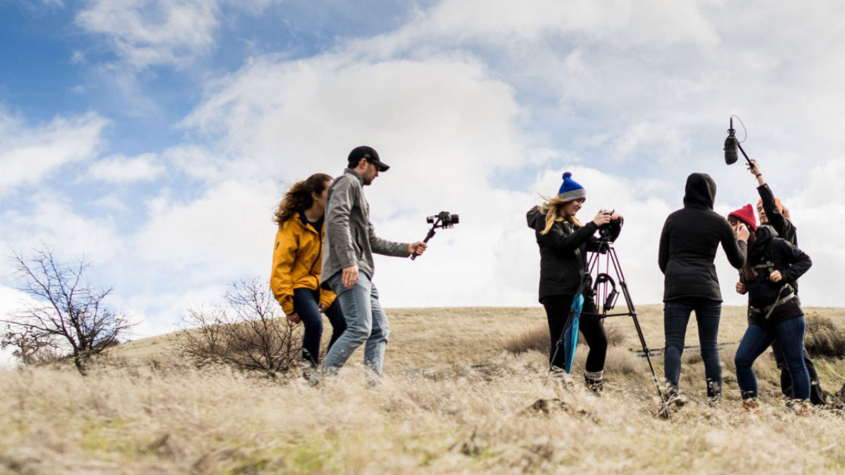
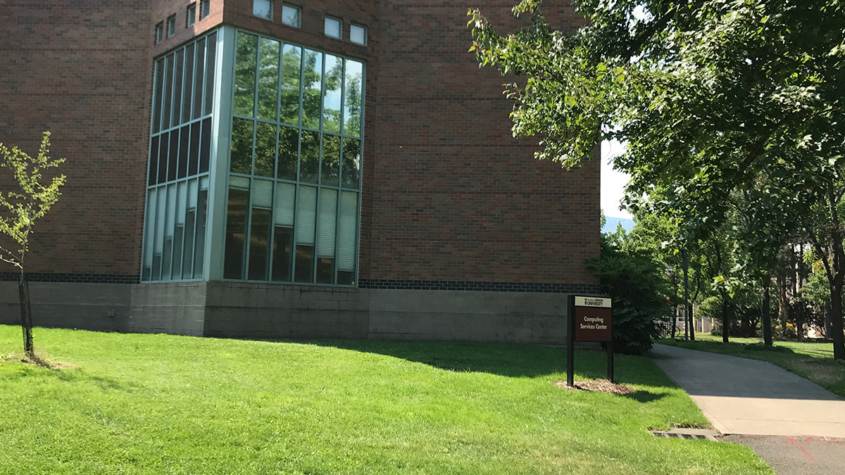
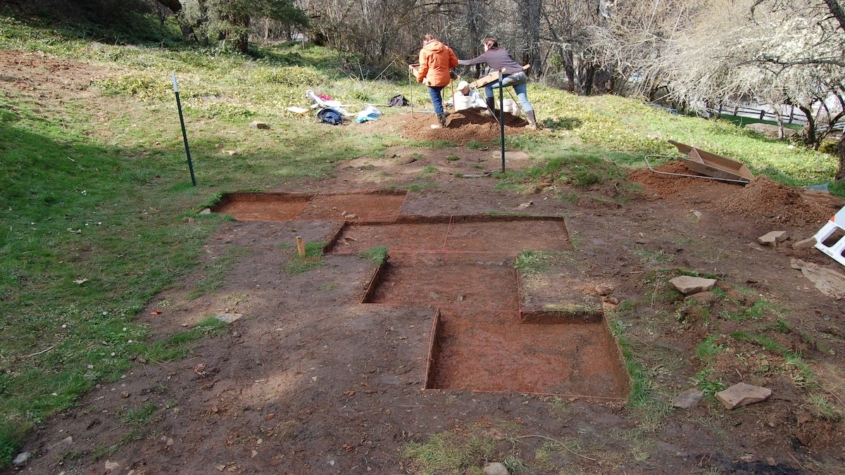
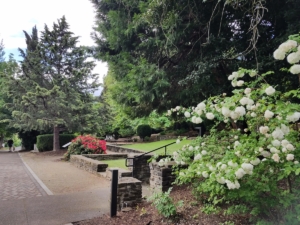 The excavations by
The excavations by 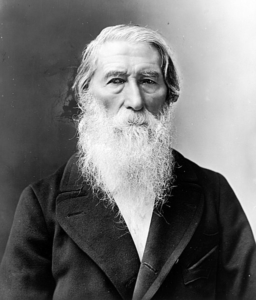
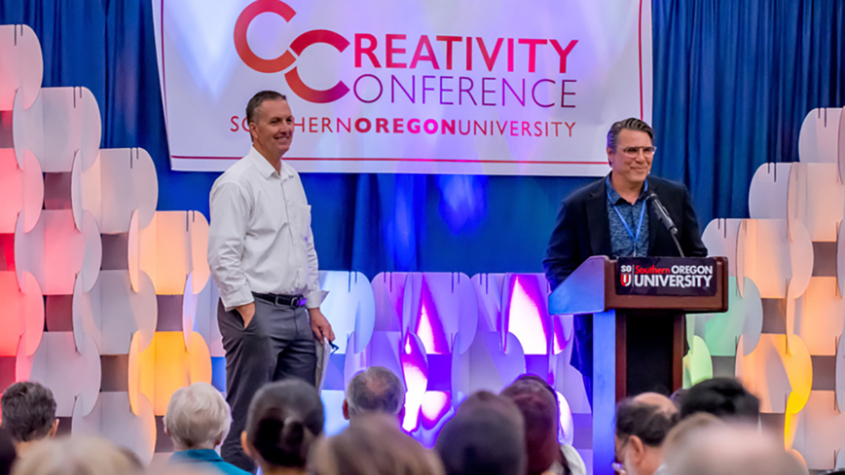
 Last month’s four-day conference got kudos from participants for the breadth, depth and structure of its presentations.
Last month’s four-day conference got kudos from participants for the breadth, depth and structure of its presentations.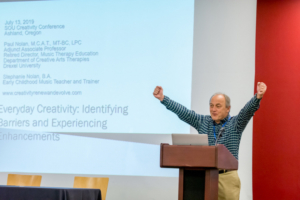 This year’s keynote speakers were
This year’s keynote speakers were 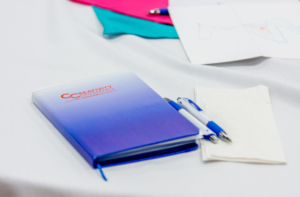
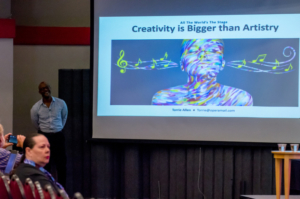 Other featured speakers at this year’s conference included
Other featured speakers at this year’s conference included 